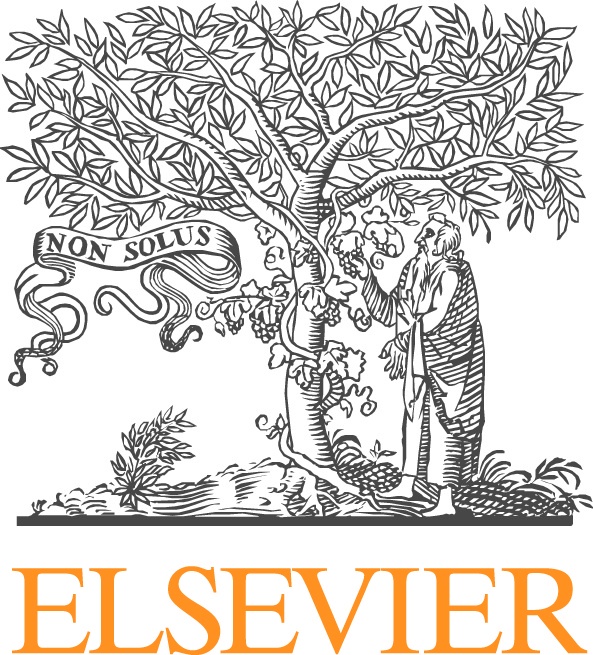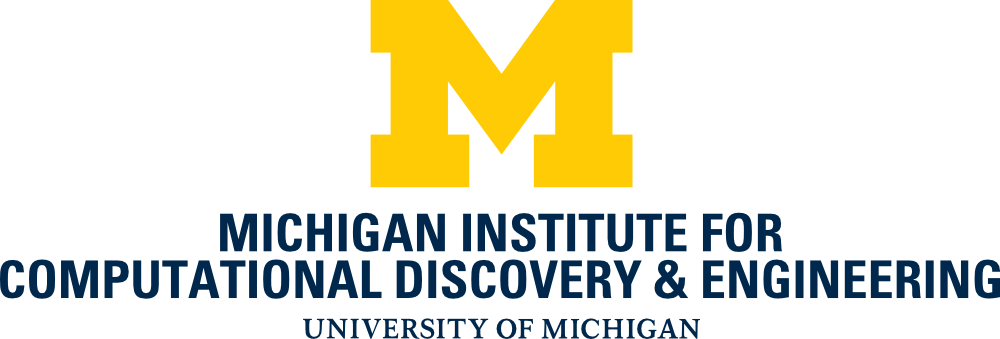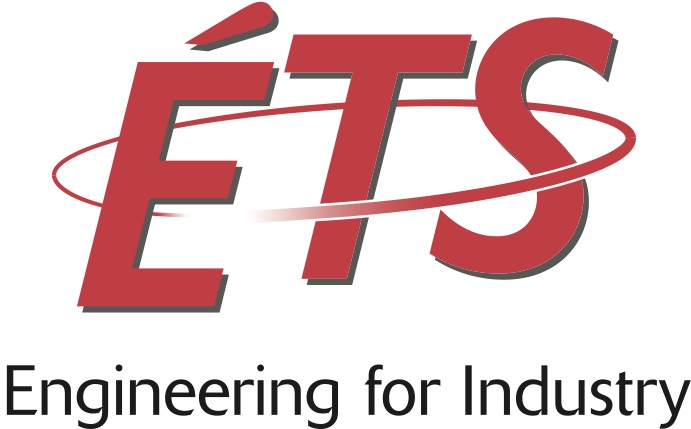Multiphysical Simulation for Advanced Additive Manufacturing Processes
Tarek Zohdi
University of California-Berkeley
Monday, July 17, 9:00 am
Abstract:
Within the last decade, several industrialized countries have stressed the importance of advanced manufacturing to their economies. Many of these plans have highlighted the development of additive manufacturing techniques, such as 3D printing, which are still in their infancy. The objective is to develop superior products, produced at lower overall operational costs. For these goals to be realized, a deep understanding of the essential ingredients comprising the materials involved in additive manufacturing is needed. The combination of rigorous material modeling theories, coupled with the dramatic increase of computational power can potentially play a significant role in the analysis, control, and design of many emerging additive manufacturing processes. Specialized materials and the precise design of their properties are key factors in the processes. Specifically, particle-functionalized materials play a central role in this field, in three main ways: (1) to endow filament-based materials by adding particles to a heated binder (2) to ``functionalize'' inks by adding particles to freely flowing solvents and (3) to directly deposit particles, as dry powders, onto surfaces and then to heat them with a laser, e-beam or other external source, in order to fuse them into place. The goal of these processes is primarily to build surface structures, coatings, etc., which are extremely difficult to construct using classical manufacturing methods.
The objective of this presentation is to introduce the audience to basic techniques which can allow them to rapidly develop and analyze particulate-based materials needed in new additive manufacturing processes.
This presentation is broken into two main parts: continuum and discrete element approaches. The materials associated with methods (1) and (2) are closely related types of continua (particles embedded in a continuous binder) and are treated using continuum approaches. The materials in method (3), which are of a discrete particulate character, are analyzed using discrete element methods.
Biography:
Tarek I. Zohdi received his Ph.D. in 1997 in Computational and Applied Mathematics from the University of Texas at Austin and his Habilitation in General Mechanics from the Gottfried Leibniz University of Hannover in 2002. He is currently a Chancellor’s Professor of Mechanical Engineering, Chair of the Computational and Data Science and Engineering Program at UC Berkeley and holder of the W. C. Hall Family Endowed Chair in Engineering. He also holds a Staff Scientist position at Lawrence Berkeley National Labs. His main research interests are in computational approaches for advanced manufacturing and nonconvex multiscale-multiphysics inverse problems, in particular addressing the issue of how large numbers of micro-constituents interact to produce macroscale aggregate material behavior. He has published over 135 archival refereed journal papers and five books. In 2000, he received the Zienkiewicz Prize and Medal, which are awarded once every two years, to one post-graduate researcher under the age of 35, by The Institution of Civil Engineers in London, to commemorate the work of Professor O. C. Zienkiewicz, for research which contributes most to the field of numerical methods in engineering. In 2002, he received the Best Paper of the Year 2001 Award in London, at the Lord's Cricket Grounds, for a paper published in Engineering Computations, pertaining to modeling and simulation of the propagation of failure in particulate aggregates of material. In 2003, he received the Junior Achievement Award of the American Academy of Mechanics. The award is given once a year, to one post-graduate researcher, to recognize outstanding research during the first decade of a professional career. In 2008, he was elected Fellow of the International Association for Computational Mechanics (IACM) and in 2009 he was elected Fellow of the United Stated Association for Computational Mechanics (USACM). He was elected President of the USACM in 2012, and served from 2012 to 2014. For more information visit
http://www.me.berkeley.edu/people/faculty/tarek-i-zohdi







